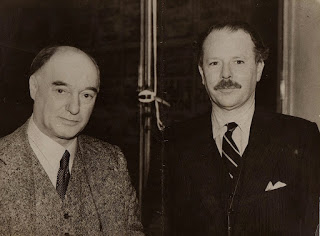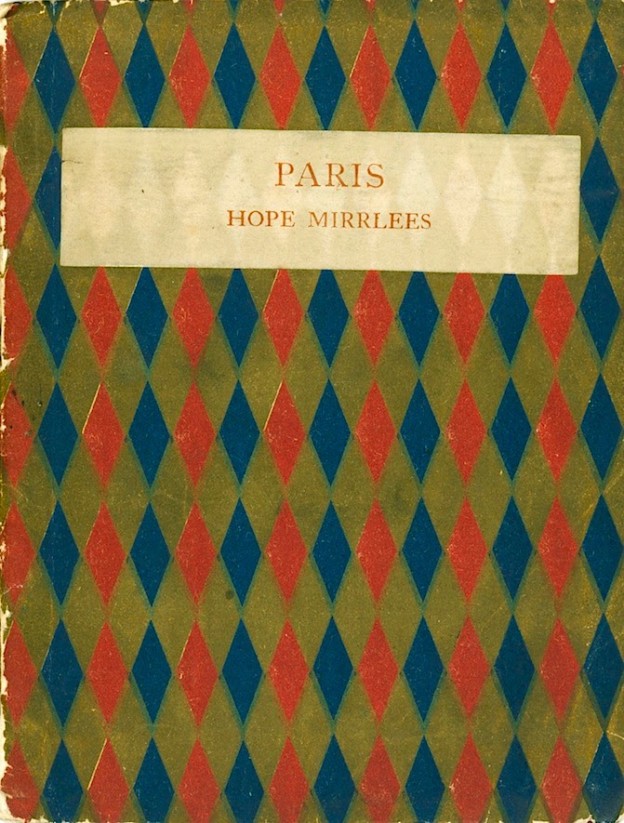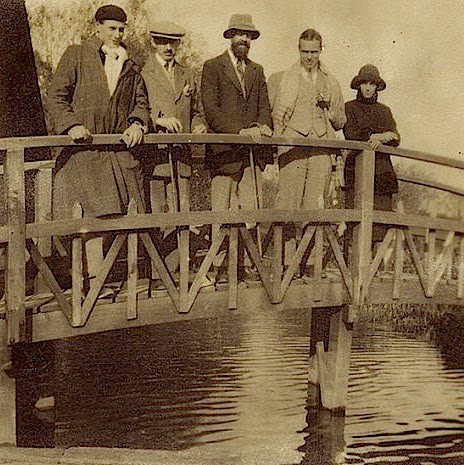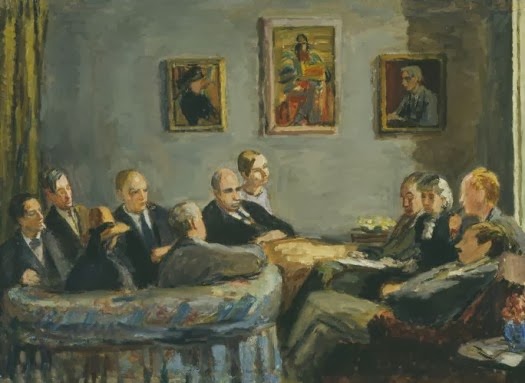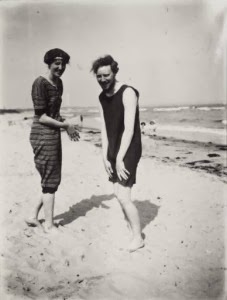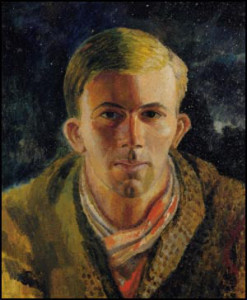 Found amongst the papers of the late distinguished bookseller and publisher Joan Stevens this cutting from a catalogue. It appears to be dated in 1976, bookseller not named but it does not sound like Joan. Gerald Brenan was still alive and his reputation well established, but it has subsequently grown, especially through his strong Spanish connections and the price looks very reasonable indeed. It was probably bought by, or sold on to, the University of Texas who seem to have most of his papers. They are unpublished but were used by Jonathan Gathorne-Hardy in his 1992 biography The Interior Castle: a Life of Gerald Brenan. As a dedicated Powysite Joan Stevens would have been interested in Brenan’s connection to Gamel Woolsey who had a passionate and painful affair with Llewellyn Powys. Gathorne-Hardy notes that, with typical Bloomsbury disdain, both Carrington and Lytton Strachey regarded her as a ‘bore.’ The part of Brenan was played by Samuel West in the 1995 movie Carrington.
Found amongst the papers of the late distinguished bookseller and publisher Joan Stevens this cutting from a catalogue. It appears to be dated in 1976, bookseller not named but it does not sound like Joan. Gerald Brenan was still alive and his reputation well established, but it has subsequently grown, especially through his strong Spanish connections and the price looks very reasonable indeed. It was probably bought by, or sold on to, the University of Texas who seem to have most of his papers. They are unpublished but were used by Jonathan Gathorne-Hardy in his 1992 biography The Interior Castle: a Life of Gerald Brenan. As a dedicated Powysite Joan Stevens would have been interested in Brenan’s connection to Gamel Woolsey who had a passionate and painful affair with Llewellyn Powys. Gathorne-Hardy notes that, with typical Bloomsbury disdain, both Carrington and Lytton Strachey regarded her as a ‘bore.’ The part of Brenan was played by Samuel West in the 1995 movie Carrington.
307. Gerald Brenan’s Diaries and Journals, 1925-1932
Typescript, with manuscript corrections and additions. Two volumes, 239pp, 4to.
A document of both literary merit and literary significance. The majority of Brenan’s diary is devoted to the record of his long affair with the painter Dora Carrington. Although chronicled elsewhere (David Garnett’s “Carrington, Letters and Extracts from her Diary” 1970), Brenan’s own version of the frustration and anguish culminating in the inevitable ending of their relationship makes a fascinating counterpoint to the version found in Carrington’s letters to him, as edited by their mutual friend Garnett. Continue reading

